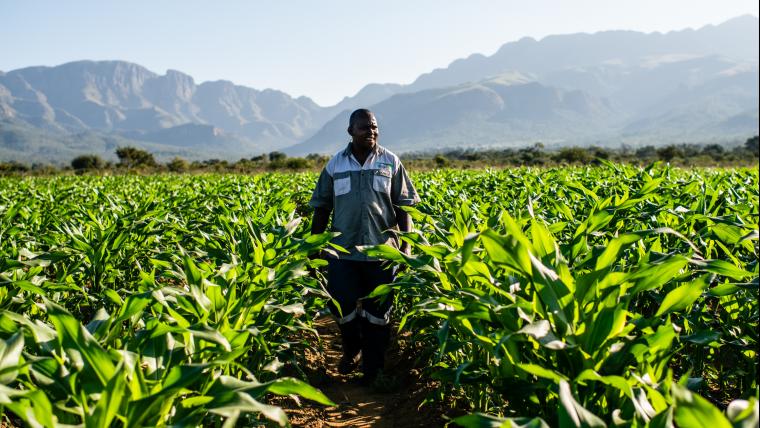
How many hectares does it take to end hunger?
A third of South Africa’s population go hungry every day. Food insecurity isn’t paid lip service by politicians as much as unemployment, corruption, and poor education. But the stomach-gnawing, nausea-inducing need to eat is a countrywide concern. Daile Mafoko surveyed the land of Limpopo with a fear of starvation and a craving to make a change.
In 2011, Mafoko acted on the need to tackle the food shortage and lack of jobs in Makguang. With a one-hectare field gifted to him by his grandfather, Mafoko and three others began to farm. At first, the group only managed to produce enough vegetables for themselves and their families. But their efforts soon grew from feeding the stomachs of a few to improving the lives of a community. The local authorities were impressed with Mafoko’s contribution to development in the area and entrusted 11 hectares of space to him. To start a production process on this scale, the young farmer began using a mountain water source four kilometres away. Forward-thinking methods like this have allowed him to expand his crop supply despite the water shortage in the village.
“Being able to feed my family from the food that I grow makes me happy,” Mafoko says. His desire to alleviate food insecurity has heightened with his increased land access. Today, Mafoko has created 12 permanent jobs for locals. His farm feeds his village and the surplus produce is sold around the country. Like the soil in Mafoko’s hands, the solution to a national crisis can come from making the most of what we have. Dig in and grow from there.






























Please sign in to leave a comment